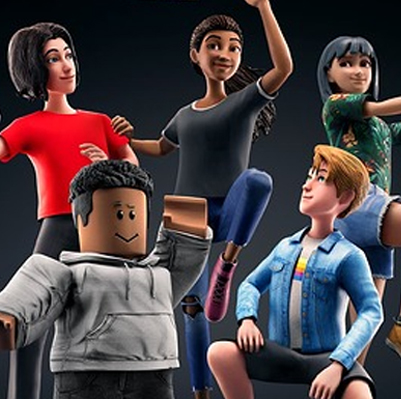Diablo 4 Item Types: How Rarity Affects Your Gear
The Different Item Types in Diablo 4 There are 13 different item types in Diablo 4, each specialized for a specific character class. Each item type has its own stats, skills, and effects that affect the gameplay and performance of the player. However, not all items are created equal. Some items are stronger, rarer, and more desirable than others.
The 13 item types in Diablo 4 are:
- Dual Blades: These are fast and agile weapons that can only be used by the Deathblade class. They have high damage and critical hit chance, but low defense and durability. They also have a unique skill called Nature's Fury, which unleashes a powerful slash that deals massive damage and inflicts bleeding on enemies.
- Gunlances: These are versatile and explosive weapons that can only be used by the Gunslinger class. They have moderate damage and defense, but high range and versatility. They also have a unique skill called Elemental Blast, which fires a burst of elemental energy that deals damage and applies various effects depending on the element used.
- Long Staves: These are magical and supportive weapons that can only be used by the Sorceress class. They have low damage and defense, but high magic and healing. They also have a unique skill called Seraphic Light, which summons a beam of light that deals damage and heals allies within its range.
- Swords: These are balanced and reliable weapons that can be used by any class. They have moderate damage and defense, but low range and versatility. They also have a basic skill called Slash, which deals damage to a single enemy.
- Axes: These are powerful and brutal weapons that can be used by any class. They have high damage and penetration, but low defense and accuracy. They also have a basic skill called Cleave, which deals damage to multiple enemies in front of the player.
- Maces: These are sturdy and defensive weapons that can be used by any class. They have low damage and speed, but high defense and durability. They also have a basic skill called Smash, which deals damage and stuns a single enemy.
- Daggers: These are swift and stealthy weapons that can be used by any class. They have low damage and defense, but high speed and critical hit chance. They also have a basic skill called Stab, which deals damage and applies a damage over time effect to a single enemy.
- Bows: These are ranged and precise weapons that can be used by any class. They have moderate damage and range, but low defense and durability. They also have a basic skill called Shoot, which fires an arrow that deals damage to a single enemy.
- Crossbows: These are ranged and rapid weapons that can be used by any class. They have low damage and range, but high speed and magazine capacity. They also have a basic skill called Fire, which fires a bolt that deals damage to a single enemy.
- Spears: These are ranged and piercing weapons that can be used by any class. They have high damage and range, but low speed and defense. They also have a basic skill called Throw, which throws a spear that deals damage and penetrates through multiple enemies.
- Focuses: These are special and unique weapons that can be used by any class. They have no damage and defense, but high magic and utility. They also have a special skill that varies depending on the focus type, such as fire, frost, lightning, or shadow.
- Shields: These are protective and defensive items that can be used by any class. They have no damage, but high defense and durability. They also have a passive effect that reduces the incoming damage by a percentage based on the shield's power.
- Helms: These are protective and defensive items that can be used by any class. They have no damage, but high defense and durability. They also have a passive effect that increases the maximum life by a percentage based on the helm's power.
These are the different item types in Diablo 4 that can enhance your gameplay experience and performance. However, finding these items can be challenging, as they are in high demand and may be out of stock or overpriced. Therefore, you may want to use other alternatives that are similar or better than these items, if you can afford or find them.
How Rarity Affects the Items in Diablo 4
Item rarities in the game dictate the potential stats and effects of each item. The rarity order is common, magic, rare, legendary, and unique, generally aligning with character level progression. Common and magic items drop less frequently as you level up. Unique items are exceptionally rare and considered the best options.
Common items lack additional affixes, magic items have one affix, rare items have three affixes, and legendary items can have four affixes. Legendary and unique items are bound to your account and cannot be traded. To have a Legendary Aspect, an item must be at least rare or legendary rarity.
Affixes on items can be primary or secondary. Primary affixes directly impact the item's power, like damage or defense. Secondary affixes provide additional effects or bonuses, such as critical hit chance or movement speed. The number and quality of affixes depend on the item's rarity and level.
Legendary and unique items feature a special aspect that significantly alters gameplay, like increased attack damage or healing abilities. These unique aspects are specific to certain items and cannot be modified or transferred.
Overall, finding the best items for your build and playstyle can be challenging and time-consuming, requiring experimentation and exploration.
Coupon Code : LOLGA SALE 6% OFF


